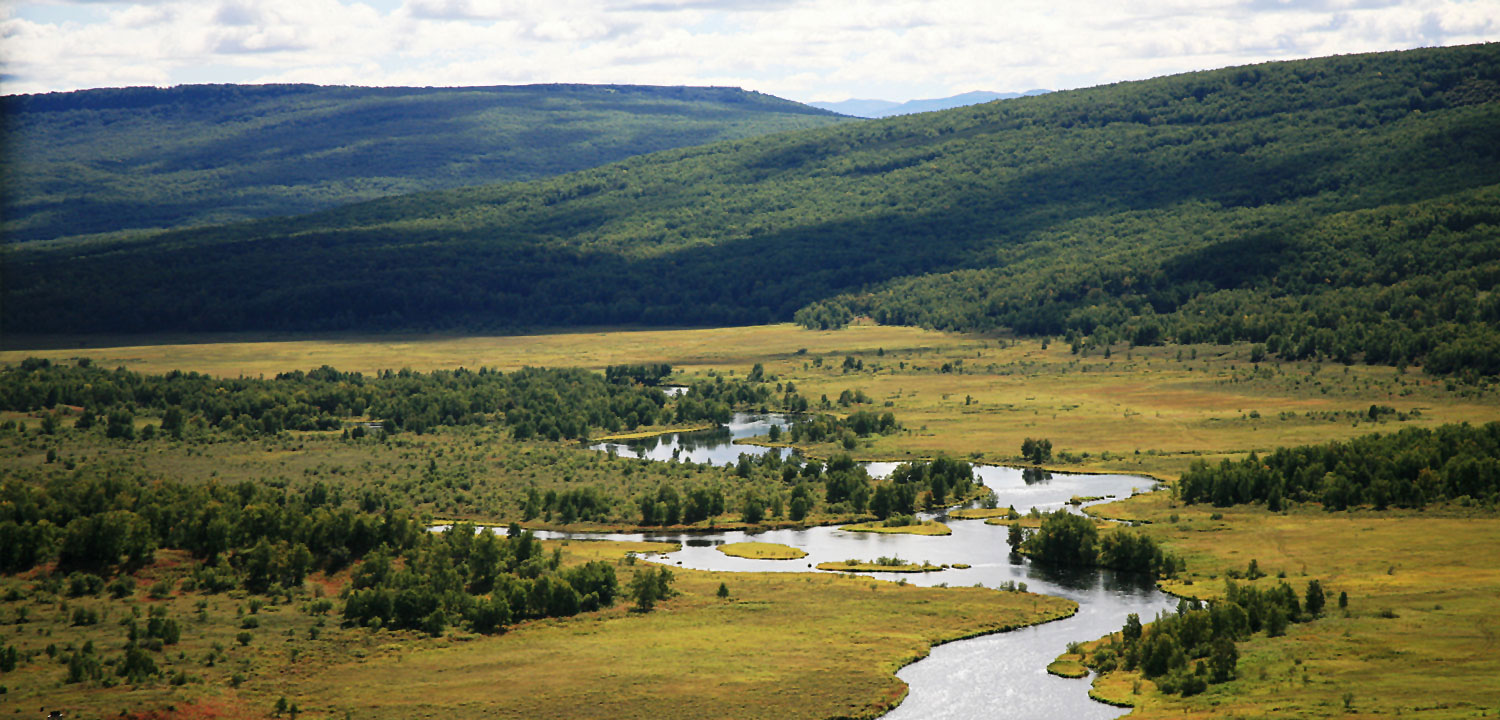Russia’s Kol River Salmon Refuge – 544,000 acres from headwaters to sea – is now permanently protected.
The Kol River Salmon Refuge, on the Russian Far East’s Kamchatka Peninsula, has been made permanent. Originally established in 2006, the refuge includes 544,000 acres of the Kol and Kekhta, two of the most productive salmon rivers on the Pacific Rim. It was the world’s first protected area dedicated to wild salmon conservation and its protected status was originally scheduled for 10 years. In mid-2015, the Kol refuge was included in the Volcanoes of Kamchatka UNESCO World Heritage site, and late last year the Kamchatka administration removed the sunset clause for the refuge’s protected status.
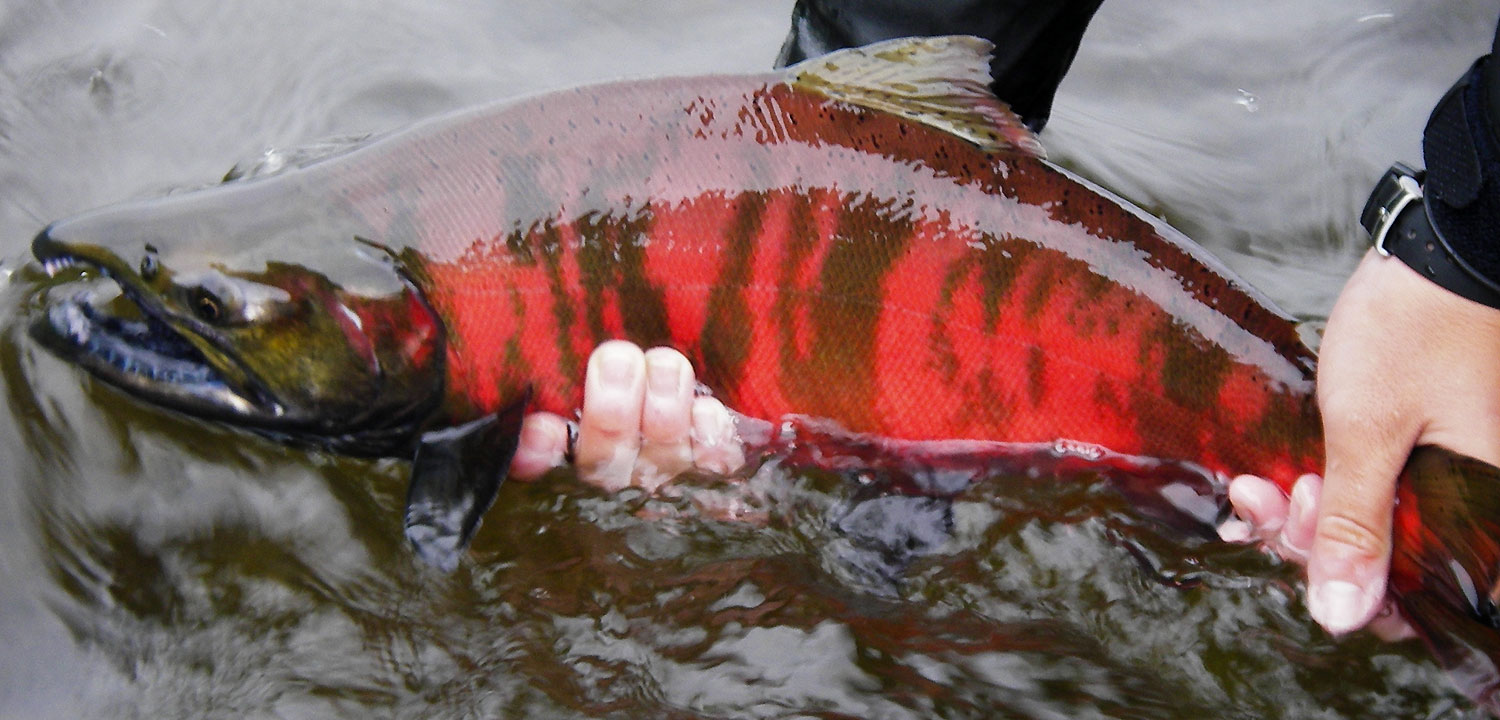
The refuge and its permanent adoption caps years of collaboration between Russian and international partners, including the Wild Fishes and Biodiversity Foundation (Kamchatka), United Nations Development Programme, Pacific Institute of Geography (Kamchatka branch), Moscow State University, University of Montana’s Flathead Lake Biological Station and the Wild Salmon Center. The partners recognized the Kol River system as a unique place in the salmon universe.
“The Kol is the first protected area in the world designed to safeguard all Pacific salmon species in a single, pristine river, from its headwaters to sea,” says Guido Rahr, president of the Wild Salmon Center. “In addition to its salmonid diversity, it is considered one of the most productive non-lake salmon rivers in the world.”
National Geographic’s David Quammen visited the Kol in 2009 and told of fish “…filling the Kol so fully that in some stretches salmon were packed side to side like paving bricks.”
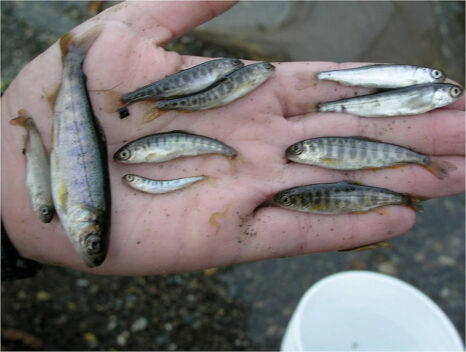
The Kol system flows from the Central Mountains in west-central Kamchatka 75 miles west to the Sea of Okhotsk, and its collection of fish includes native stocks of chinook, coho, sockeye, chum, pink and Asian masu salmon (all six Pacific salmon species), as well as steelhead, rainbow trout, Dolly Varden char, and white-spotted char. Salmon runs have totaled more than 7 million fish in recent years. The watershed also provides habitat for Kamchatka brown bears, Steller’s sea eagles, and numerous other marine and land-based bird and mammal species.
Building on early research efforts led by Moscow State and Wild Salmon Center, WSC helped construct a permanent biostation and laboratory facilities on the Kol in 2005. That provided an unparalleled opportunity for scientists to study salmon in a pristine habitat, in order to better understand all of the physical and biological factors that contributed to a healthy salmon ecosystem. The United Nations eventually supported research and conservation at the biostation, leading to the establishment of the Kol refuge.
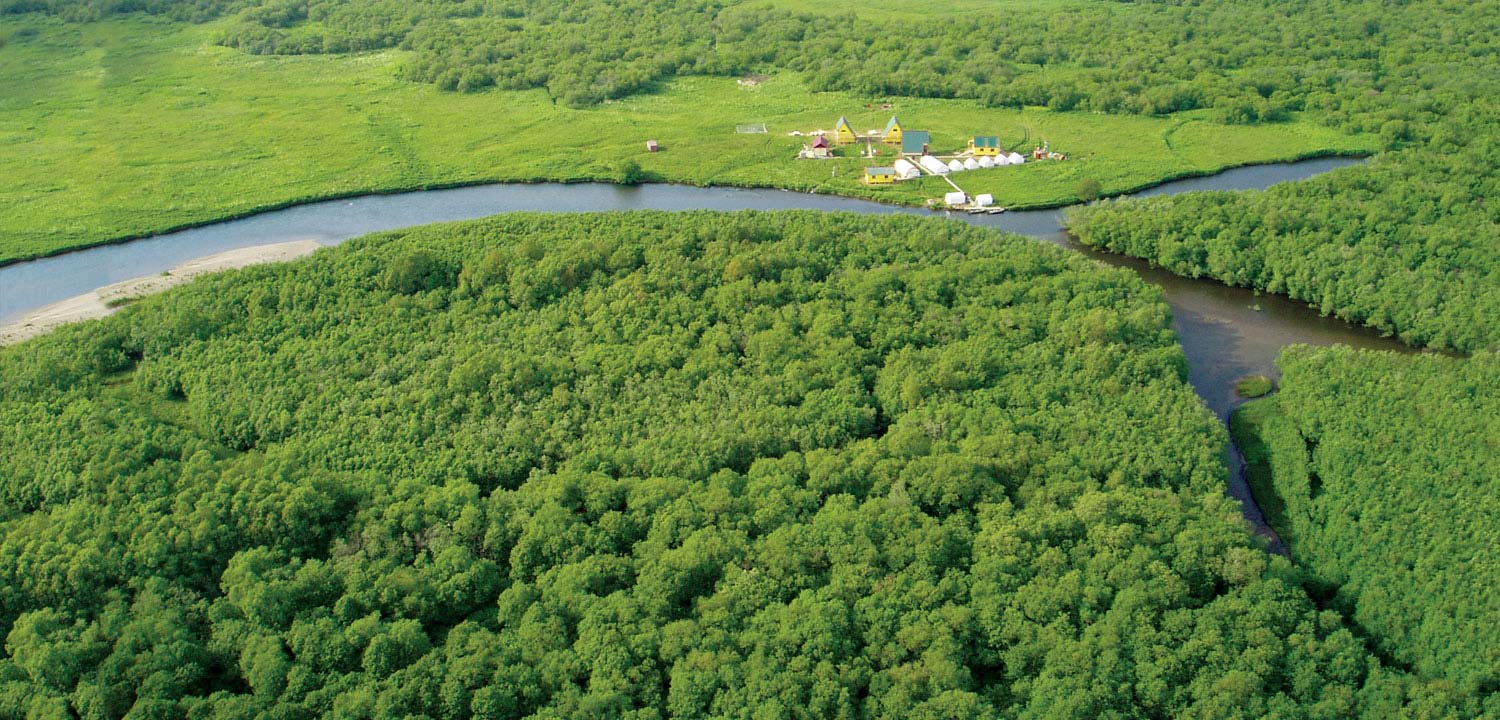
Dozens of papers on Kol research have been published by Russian and American scientists, painting uniquely-detailed picture of the immense contributions healthy salmon runs make to a surrounding ecosystem. Scientists found that annual Kol salmon returns carry nutrients – in the form of fish carcasses – into the watershed at a rate of of 3,310 to 6,617 pounds per square mile.
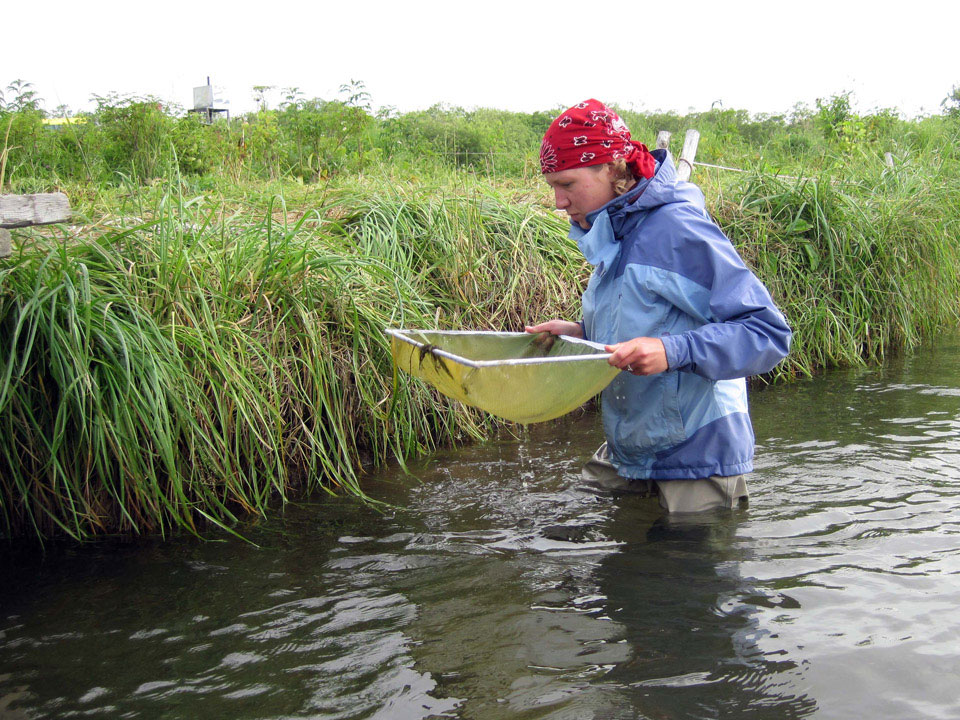
Additionally, they’ve found that salmon runs and the entire healthy river system contribute ecosystem services – from food to storm protection to pollination to clean water supply to carbon storage – worth $784 million to $2.38 billion per year.
When asked what makes the Kol ecosystem so rich, former WSC board member and University of Montana ecologist Jack Stanford said, “In a word, salmon.”
Through the years, Wild Salmon Center has also worked with fishermen with the VA-Delta company, which harvests Kol salmon, to help them move toward certification by the Marine Stewardship Council. The company is currently under assessment by MSC.
The Kol River Biostation is now fully managed by Kamchatka State Technical University. And the station continues to give scientists and students the opportunity to study this pristine salmon ecosystem and to deepen our understanding of Pacific salmon.
Progress for Kamchatka Fisheries
In Western Kamchatka, two fishing companies (Delta and Vityaz-Avto) have moved into the final stages of certification after making marked progress towards sustainable management. The fishery includes pink, chum and coho salmon returning to the Kol and nearby Kamchatka rivers. Learn more about our work with Ocean Outcomes and partners in the Russian Far East and track the latest fishery improvement projects (FIPs) with the Salmon FIP tracker.
